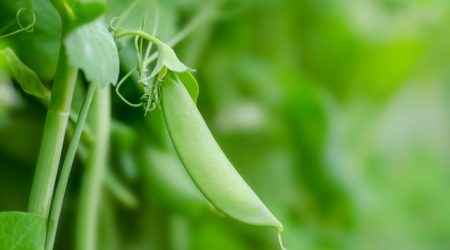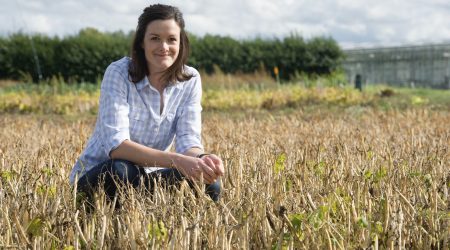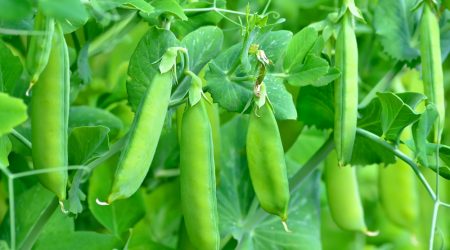Gregor Mendel, the founding father of genetics, used pea plants for his experiments which set out the universal rules of heredity, the means by which organisms pass on traits to their offspring
Mendel, a Moravian monk, studied seven main traits in pea, one of which was the round- or wrinkled-seeded trait. The studies were continued by the John Innes Horticultural Institution under the directorship of William Bateson.
More recently, researchers at the John Innes Centre identified the genetic basis for these alternative seed shapes: the genetic loci named as rugosus (R for round seeds and r for wrinkled seeds).
Around 120 years on from Mendel’s experiments the riddle of the round and wrinkled pea seeds was unravelled – in 1988 Professor Alison Smith found that wrinkled pea seeds lack an enzyme called starch-branching enzyme (SBE1).
The high sugar content in the wrinkled seeds draws in large amounts of water by osmosis, causing the seed to swell. As the seeds dry out and lose volume they develop their famous wrinkled appearance.
The final answer to the puzzle was revealed when John Innes Centre molecular geneticist Professor Cathie Martin found that the SBE1 gene is located at the rugosus locus on the pea genome, and wrinkled seeds have an extra piece of genetic material inserted into the SBE1 gene.
More recently, this ‘extra genetic material’ has been developed into a genetic marker to speed up breeding programmes aimed at including the wrinkled SBE1 gene into new varieties.
The team had identified the gene studied by Mendel and became the first to clone and characterise one of ‘Mendel’s’ genes. The Mendel-SBE1 story is a textbook classic of how genetics has progressed from Mendel to modern day molecular biology.






